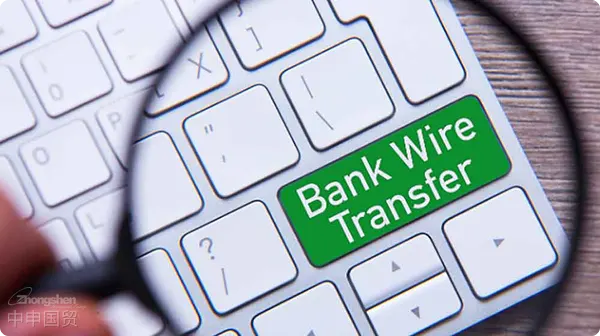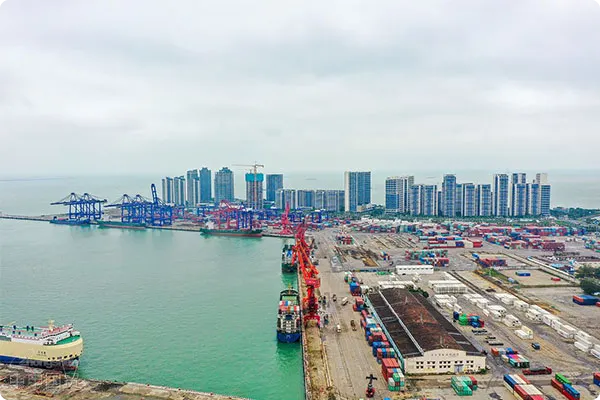- Shanghai Zhongshen International Trade Co., Ltd. - Two decades of trade agency expertise.
- Service Hotline: 139 1787 2118
Relevant Introduction
Telegraphic Transfer (T/T) is now a relatively commonforeign tradepayment collection method. Payment is made through bank transfer. The remitting bank, in accordance with the requirements of the remitter and the instructions of the foreign remitting bank, settles a certain amount of money to the payee. Telegrams, telexes, etc. are the main confirmation and settlement tools to ensure the efficiency and timeliness of payment. Classified by type, telegraphic transfer belongs to the remittance method of favorable exchange because the transfer direction of telegraphic transfer is the same as that of the remittance.

In the international trade market, large - amount fund transfers are usually carried out through telegraphic transfer because bank telegraphic transfer services are quite fast, almost all processed on the same day, and the remittance funds are not occupied during the mailing process, which is quite convenient. However, compared with other types of remittances, bank telegraphic transfer has relatively high fees.
The Process of Telegraphic Transfer
Wire Transfer Process
The telegraphic transfer process is also relatively simple. First, the payer fills out the remittance application form and submits the payment. After receiving the money order, the remitting bank notifies the receiving bank by telegram or telex. The receiving bank sends a telegram notice to the payee, and then the payee goes to the bank to cash the money.In order to crack down on tax evasion, the customs and tax departments are now strictly examining the operation of buying export declarations. If the behavior of buying export declarations is discovered, the regulatory authorities will require tax replenishment (even a 2% tax rate may be a considerable amount). In addition, fines may also be imposed on the relevant responsible parties.After completion, the receiving bank will send a debit note to the remitting bank, and the remitting bank will notify the payer of the successful payment. Then the entire transfer is completed.
Usually, when the remitting bank sends a notice to the receiving bank, the payer includes in the remittance application form the remittance amount and currency, the name, address or account number of the payee, the name and address of the payer, remarks, the method of fund allocation, the name or SWIFT address of the remitting bank, etc. Of course, to ensure security, both parties usually use an agreed - upon test key. It can be said that this practice of setting a password further improves the security of telegraphic transfer. Of course, if the payer finds that the code is incorrect, they will directly contact the receiving bank until the code is correct.
Several Ways of Telegraphic Transfer
A few ways
At present, Telegraphic Transfer (T/T) is mainly divided into: 100% TT in advance, 100% TT after receipt, TT deposit + balance payment at sightLetter of Creditetc.
100% TT in advance: This means that 100% of the money is paid for production upon receipt of payment. It should be noted that this money is paid for the production of goods, not for the delivery of goods, which means that the money is paid before the start of production. However, this poses too much risk to the importer. For this reason, this payment method is now rare and is usually only used for sample orders and small orders.
100% TT after receipt: This is payment upon receipt of goods, which is risky for exporters. Most exporters are reluctant to use this payment method unless they are regular customers.
TT deposit + balance L/C: This method is currently quite popular. Usually, it is 30% TT and 70% balance L/C. Of course, according to the specific situation of each transaction, the amount can be negotiated between the buyer and the seller.
Overall, although telegraphic transfer (T/T) is a commercial credit, it is generally very safe barring individual cases. Both buyers and sellers can use their funds more effectively. The disadvantage is that the telegraph fees and handling fees are high and must be borne by the remitter.
Related Recommendations
Knowledge Base
Contact Us
Email: service@sh-zhongshen.com
Related Recommendations
Contact via WeChat

? 2025. All Rights Reserved. 滬ICP備2023007705號-2  PSB Record: Shanghai No.31011502009912
PSB Record: Shanghai No.31011502009912









